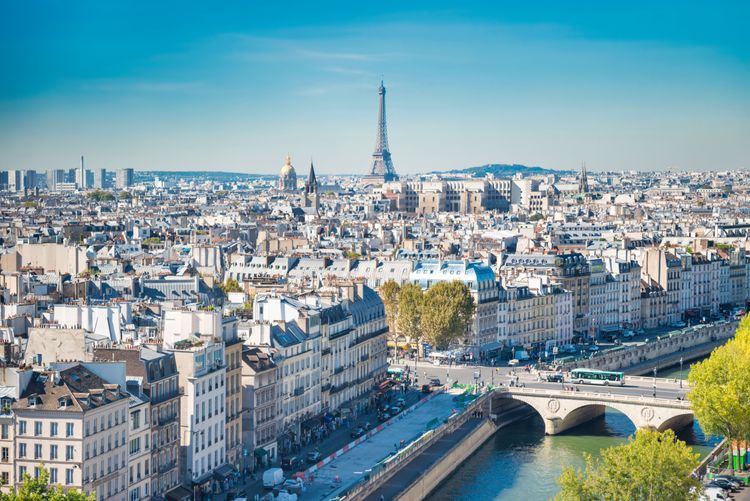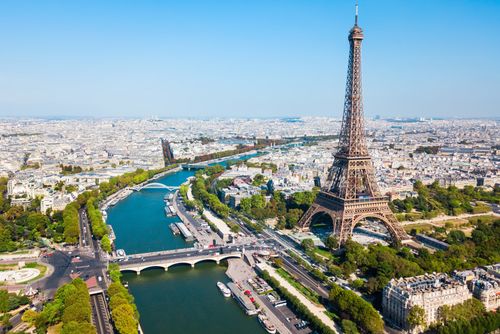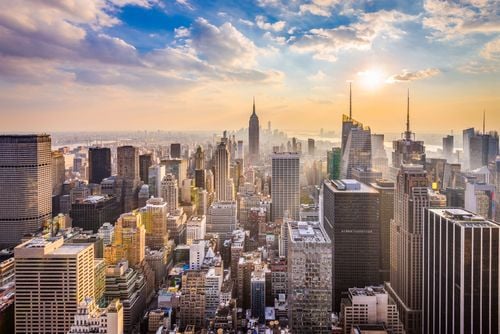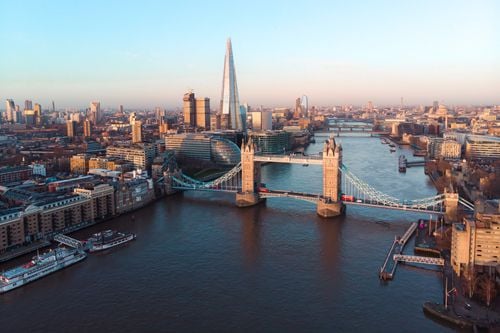An iconic monument in Paris, the Arc de Triomphe is one of the most visited in France, but it could have been very different. In 1806, Napoleon Bonaparte wanted to pay tribute to his Grande Armée and was torn between two major projects. Building a second Arc de Triomphe... or an XXL pachyderm. Fortunately for the Champs-Elysées, Napoleon chose the first option, which was more imperial and less cartoonish.
Paris attracts tourists from all over the world, making it one of the most visited cities in the world. It has to be said that the French art of living and the city's architecture are enough to make anyone dream. Once in the capital, visitors don't want to miss a thing and flock to the most famous monuments in search of escape and discovery. Visits are packed with information, and people think they know everything there is to know about the Eiffel Tower, the Arc de Triomphe and Notre-Dame Cathedral. But in fact these buildings conceal many secrets, anecdotes and stories that even Parisians sometimes don't know... Here are the greatest secrets of the 18 most beautiful monuments in Paris!

View of the Eiffel Tower and the Seine in Paris at sunset.
- © Catarina Belova / Shutterstock- 1. The Arc de Triomphe almost became a giant elephant
- 2. The Pont-Neuf is the oldest bridge in Paris
- 3. The Eiffel Tower wasn't built to last
- 4. The tallest tombstone is on the Place de la Bastille
- 5. The Tour Saint-Jacques is the starting point for pilgrimages.
- 6. The strange marriage of Marguerite de Valois and Henri de Navarre
- 7. The catacombs, one of the largest cemeteries in the world
- 8. The Place de la Concorde is home to the largest sundial in the world
- 9. The Louvre Museum has made a name for itself
- 10. The Alma torch was a gift from an American newspaper
- 11. The Centre Pompidou was visited by James Bond
- 12. The Butte Montmartre was home to Roman temples
- 13. The Pantheon and the game of musical chairs
- 14. The Préfecture de Police is a former poultry market
- 15. The Musée d'Orsay could have been a luxury hotel
- 16. The Pont des Arts is no longer the lovers' bridge
- 17. The Town Hall was reduced to ashes
- 18. The Conciergerie Clock Tower launched a massacre
1. The Arc de Triomphe almost became a giant elephant
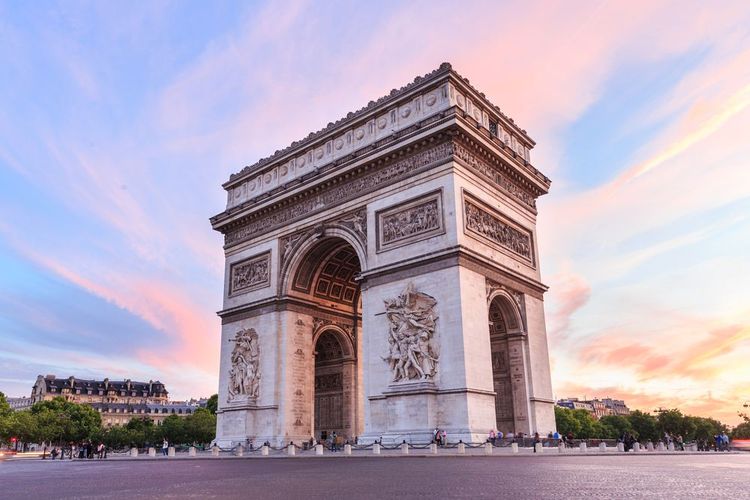
2. The Pont-Neuf is the oldest bridge in Paris
Despite its misleading name, the Pont-Neuf is in fact the oldest bridge in the capital. Inaugurated in 1607, this stone bridge owes its title to its avant-garde nature, as it was the first of its generation to be built over the Seine"without dwellings".

The Pont-Neuf in Paris.
- © Pascale Gueret / Shutterstock3. The Eiffel Tower wasn't built to last
Do we really need to introduce it? The Eiffel Tower is the country's most emblematic monument and one of the most visited in the world. You can't imagine the capital without it, and yet... Built for the 1889Universal Exhibition, the Iron Lady should have been dismantled like a lego. A number of residents of the Champ de Mars have even signed a petition calling for its outright demolition.
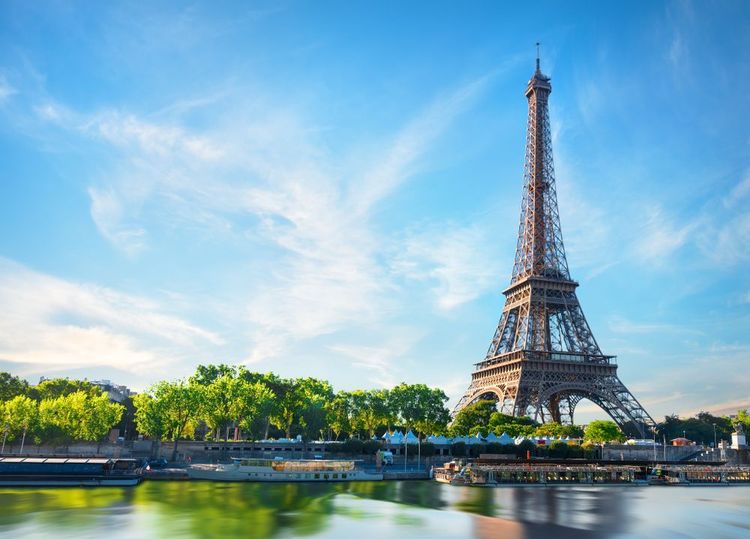
The Eiffel Tower in Paris.
- © givaga / Shutterstock4. The tallest tombstone is on the Place de la Bastille
Some would have bet on the Père-Lachaise or Montmartre cemeteries. But no, the highest tombstone in Paris lies beneath the Colonne de Juillet in the centre of the Place de la Bastille. Beneath this 50-metre column lies a necropolis where the remains of revolutionaries who died during the July Revolution, which lasted three days (27, 28 and 29 July) in 1830, are buried.
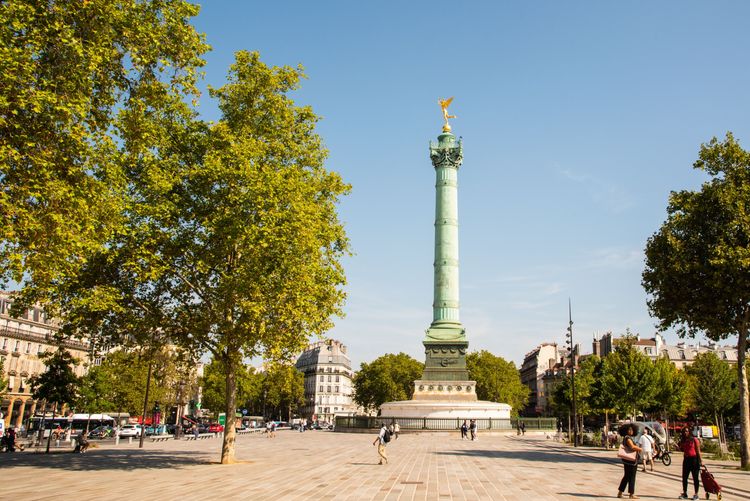
La Colonne de Juillet sur la Place de la Bastille.
- © Bert e Boer / Shutterstock5. The Tour Saint-Jacques is the starting point for pilgrimages.
This majestic Gothic tower is the starting point for pilgrims on their way to Santiago de Compostela in Spain. It is also theformer bell tower of the Saint-Jacques-de-la-Boucherie church, which was destroyed in 1802.
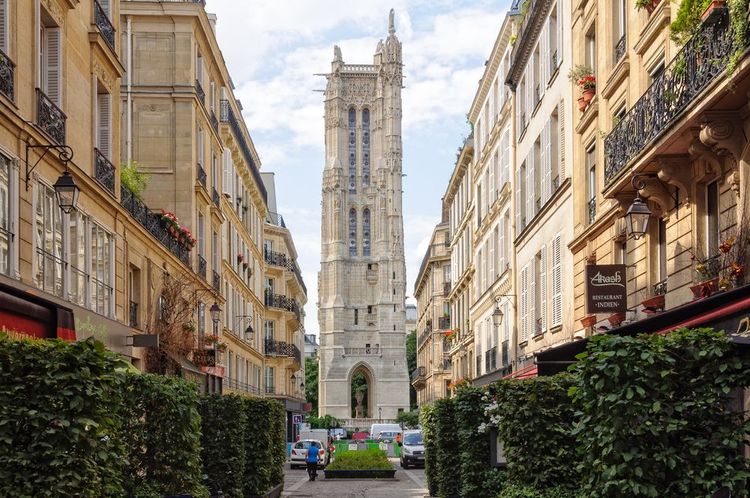
The Tour Saint-Jacques in Paris.
- © lkonya / Shutterstock6. The strange marriage of Marguerite de Valois and Henri de Navarre
Located on the Ile de la Cité, Notre-Dame de Paris cathedral is one of France's most emblematic monuments and a sacred site of Catholic worship. The building is visited by nearly 14 million people every year. In 1572, the cathedral celebrated a very special wedding... At the time, the future king Henri IV was a Protestant, which meant he could not enter a Catholic church. The future Queen Margot therefore stood alone at the altar during the ceremony, while her fiancé waited patiently outside!
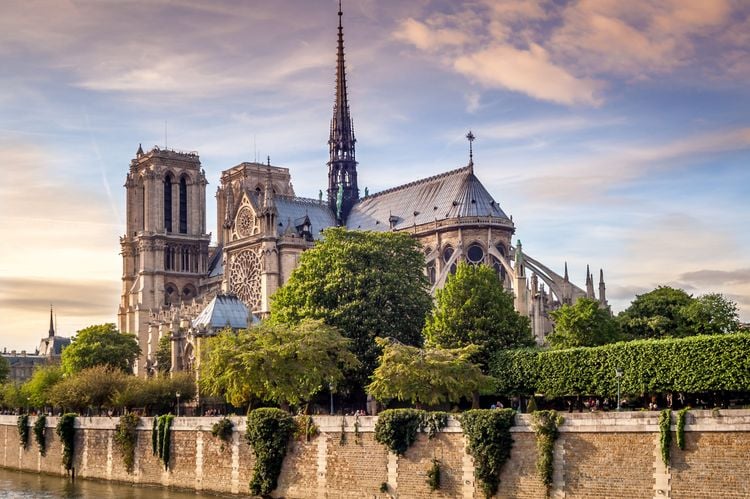
Notre-Dame de Paris before the fire.
- © milosk50 / ShutterstockWhat you need to know:
Following the fire in 2019, only the forecourt of the cathedral has reopened. The rest of the building will have to wait until the restoration work is complete.
7. The catacombs, one of the largest cemeteries in the world
This underground gallery, more than 300 kilometres long, is the result of incessant digging by the city's inhabitants since Gallo-Roman times to build their houses. In addition to this curious origin, the catacombs of Paris were used as a dumping ground for the city's cemeteries from 1786 onwards. The result: the bones of six million people piled up.
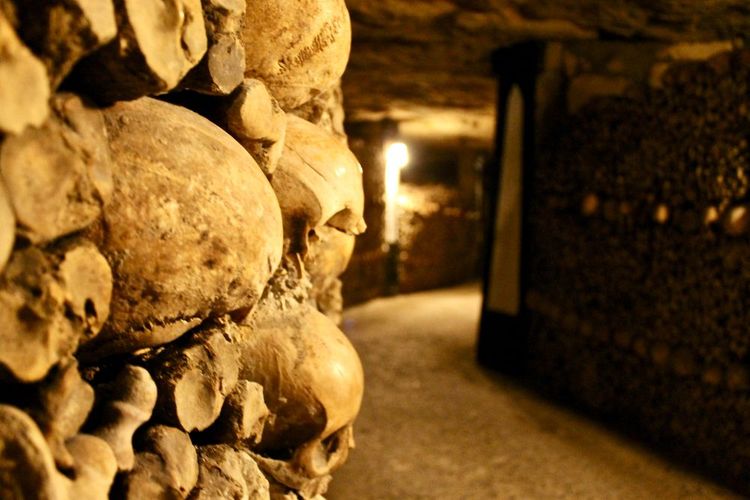
The catacombs of Paris.
- © Alex Guevara / Shutterstock8. The Place de la Concorde is home to the largest sundial in the world
The Place de la Concorde is inseparable from its Luxor obelisk, which has stood at its centre since 1836. In 1913, theFrench astronomer Camille Flammarion asked the city to draw the outline of the world's largest sundial on the square, with the obelisk serving as the sundial. The project only came to fruition on 21 June... 1999.
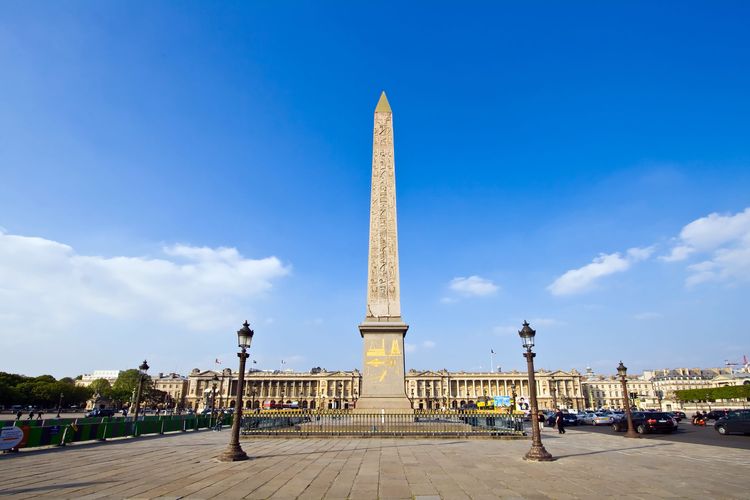
The Luxor obelisk on the Place de la Concorde.
- © vichie81 / Shutterstock9. The Louvre Museum has made a name for itself
A former fortress located in Paris, the Louvre is the largest museum in the world, so important and renowned that two annexes have been created in recent years. In 2012, a small Louvre was opened in the town of Lens in the Pas-de-Calais. In 2017, the Louvre Abu Dhabi, the Arab cousin of the Parisian monument, opened its doors to the public.
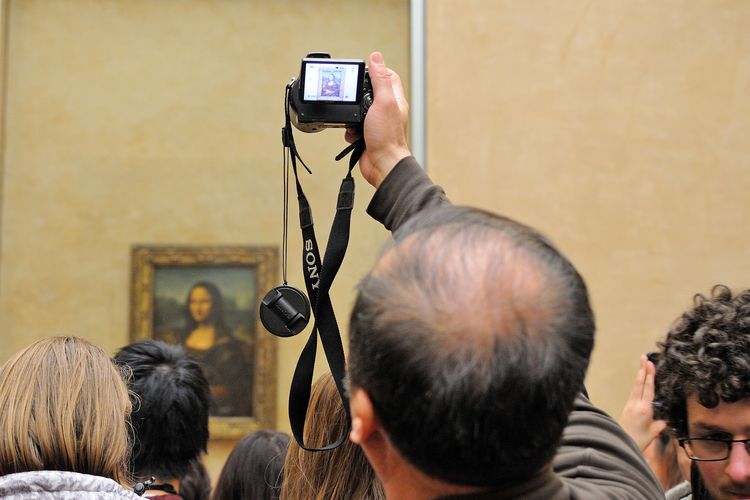
The Mona Lisa at the Louvre.
- © Christian Bertrand / Shutterstock10. The Alma torch was a gift from an American newspaper
Situated on the Pont de l'Alma, the Flame of Liberty is a gilded copper flame sculpture almost four metres high. This monument is in fact a gift from the United States to celebrate the hundredth anniversary of the International Herald Tribune in 1987. It is a life-size replica of the flame held by the Statue of Liberty in New York.
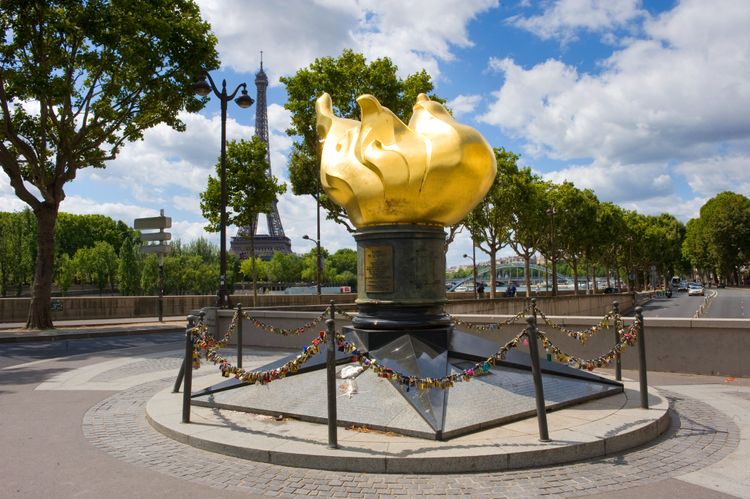
La flamme de l’Alma à Paris.
- © Robert Hoetink / Shutterstock11. The Centre Pompidou was visited by James Bond
The Centre Pompidou is Europe's largest museum of contemporary art. This multi-cultural centre was the brainchild of former President Georges Pompidou, who was a great lover of modern art. In a scene from the film Moonraker (1979), James Bond, played by Roger Moore, meets Dr Holly Goodhead in the famous pipes of this giant complex. During his investigation, 007 also visited the Château de Vaux-Le-Vicomte, 50 kilometres from Paris.

The facade of the Centre Pompidou in the Marais district.
- © nikolpetr / Shutterstock12. The Butte Montmartre was home to Roman temples
Today, the Butte Montmartre goes hand in hand with the Basilique du Sacré-Cœur. But few people know that the capital's highest hill was home to two Roman temples before the Catholic edifice. While the first was built to honour Mars, the god of war, the second sanctuary was dedicated to Mercury, the divinity of trade, travellers and... thieves.
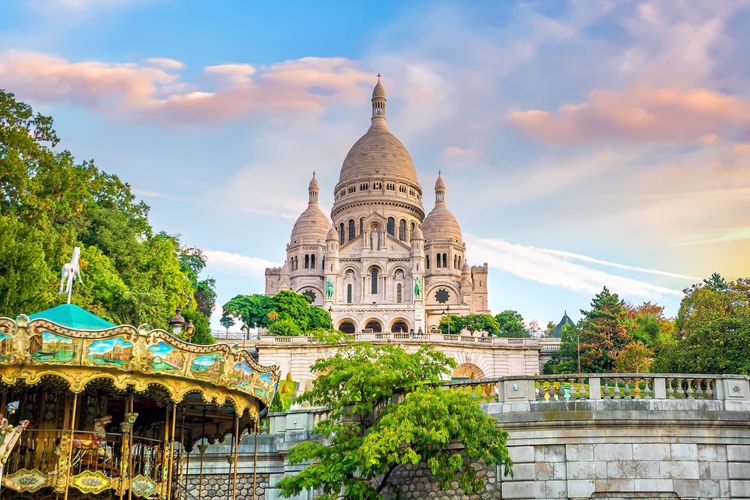
Le Sacré-Cœur à Montmartre.
- © f11photo / Shutterstock13. The Pantheon and the game of musical chairs
A former basilica built under Louis XV, the Panthéon now houses a necropolis where the nation's heroes, such as Voltaire, Marie Curie and Jaurès, rest in peace for eternity. Lastly, eternity was shorter for Mirabeau and Marat, who were removed from the Panthéon three years and five months respectively after their burials. Their bodies have never been found.
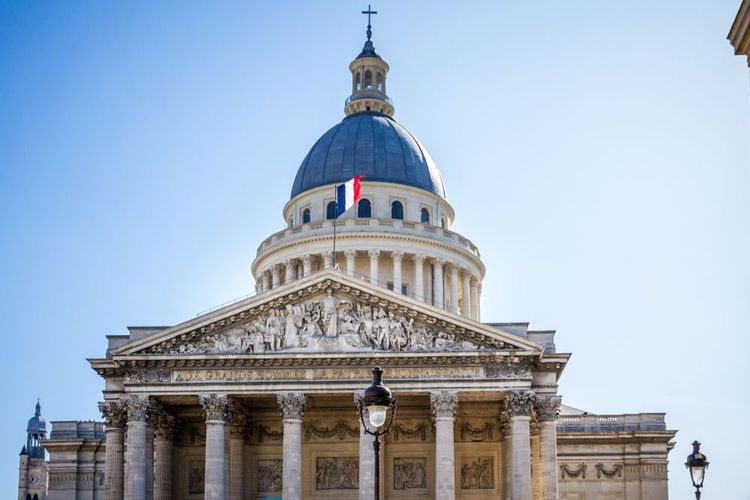
The Pantheon in Paris.
- © Daboost / Shutterstock14. The Préfecture de Police is a former poultry market
Following a fire in 1871, the forces of law and order were forced to move their headquarters to a building on the Île de la Cité that served as the site of the capital's poultry market. Now you know why French police officers are sometimes nicknamed 'poulets'.

Today's Préfecture de Police de Paris.
15. The Musée d'Orsay could have been a luxury hotel
Opened in 1986, the Musée d'Orsay hasone of the largest collections of Impressionist paintings, with over 1,100 canvases. But what many people don't know is that this splendid disused railway station was almost turned into a luxury hotel in the 1960s. The plan was to demolish the building and build an 800-room palace. In the end, a museum was built in 1977.
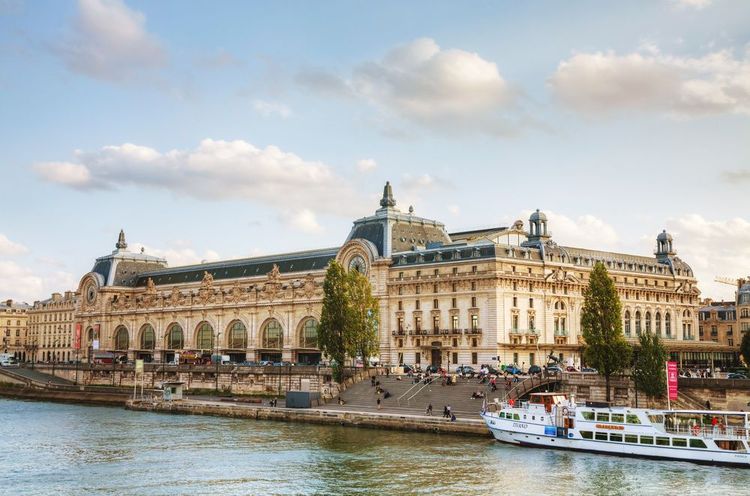
The Musée d'Orsay in Paris.
- © photo.ua / Shutterstock16. The Pont des Arts is no longer the lovers' bridge
Lovers have long sealed their love by hanging countless padlocks on the parapets of the Pont des Arts. Since June 2015, these padlocks have been removed and replaced by glass panels. With its barriers about to give way, the emblematic bridge has been stripped of several dozen tonnes of steel. The same drastic regime has been applied to the Archevêché bridge, located behind Notre-Dame cathedral.
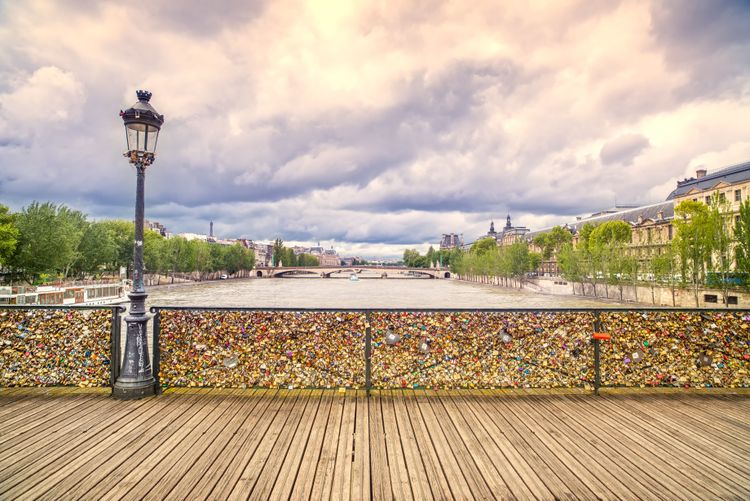
The Pont des Arts before construction.
- © StevanZZ / Shutterstock17. The Town Hall was reduced to ashes
The first Town Hall, dating from 1628, was burnt down by the Communards on 24 May 1871, two months after Napoleon III's defeat by Prussia. The archives and library were the worst affected by the fire. Between 1874 and 1882, the political monument rose from the ashes and took on its current appearance.
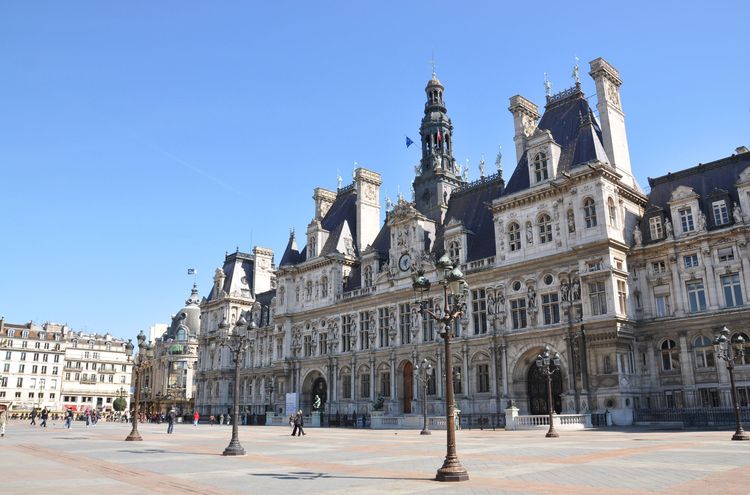
Paris City Hall.
- © Alexander Chaikin / Shutterstock18. The Conciergerie Clock Tower launched a massacre
A symbol of the Ancien Régime, the bell in the Clock Tower of the Conciergerie, the oldest clock in Paris, often rang to announce major events in the kingdom of France. Weddings, coronations, births... everything was announced, even massacres. On 24 August 1572, for example, it signalled the start of the St Bartholomew's Day massacre, when Protestants were killed in large numbers for several days in Paris and other towns across the country.
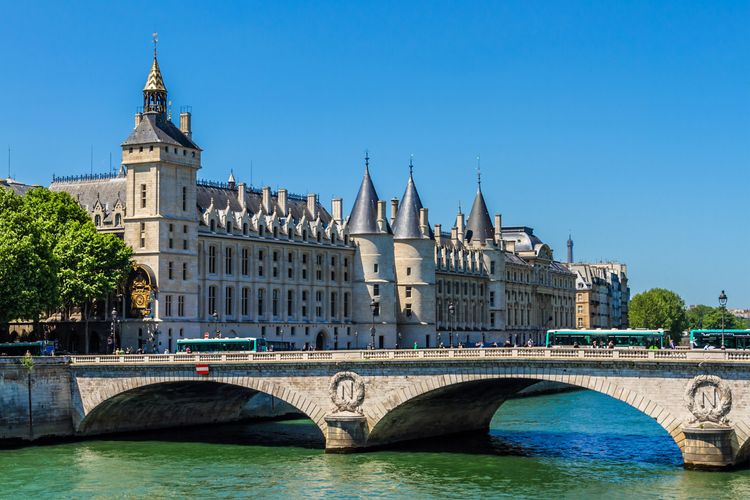
La Conciergerie avec la Tour de l’Horloge à gauche.
- © Kiev.Victor / Shutterstock